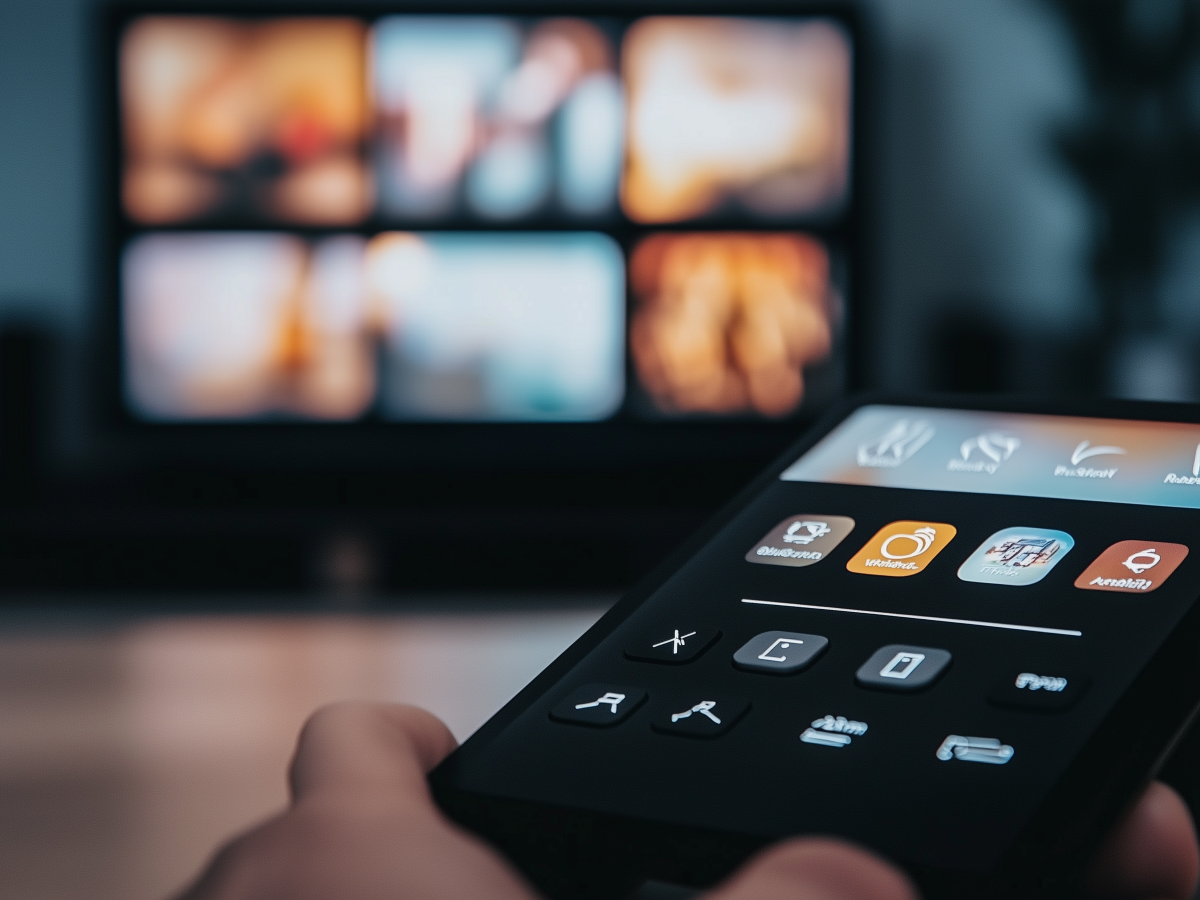1. AI is central to improving marketing strategies
AI is now the core engine driving efficiency and authentic connections with customers. Think of it as the difference between firing a cannonball into the ocean and using a guided missile. AI lets you target your audience with precision and adapt your approach in real time. It handles the heavy lifting: analyzing mountains of data, repurposing content, and predicting what will resonate with your audience. This frees up time and brainpower for your team to focus on creative, high-value work that makes a real difference.
For example, imagine using AI to analyze customer behavior patterns across multiple touchpoints. It tells you what they’re doing, it helps predict why they’re doing it. That insight lets marketers create messaging that feels personal rather than generic. The catch though is that this level of personalization demands trust.
Consumers want brands to use their data responsibly. That means making sure your AI tools comply with privacy regulations like GDPR or CCPA and being transparent about how data is used. Otherwise, you risk undermining the very authenticity you’re trying to achieve.
The real opportunity here is blending the scale and precision of AI with the human element. Technology takes care of the grunt work, and humans bring the creativity and emotional intelligence to build authentic connections. That’s how you win.
2. Millennials and Gen Z remain priority audiences for marketers
Millennials and Gen Z are the trendsetters. These groups have grown up with digital technology at their fingertips, making them hyperconnected, highly informed, and fiercely selective about which brands they trust. If you want their attention, you have to earn it. The key? Authenticity. They don’t want polished ads. Instead, they want honest stories, meaningful engagement, and brands that align with their values.
Millennials (aged roughly 27–44) tend to prioritize convenience and experiences. They gravitate toward brands that simplify their lives and deliver consistent value. Gen Z, on the other hand, is more vocal about their expectations. They care deeply about issues like sustainability, diversity, and corporate responsibility.
“They’re not shy about calling out brands that don’t walk the talk, either. So if your strategy isn’t aligned with their values, they’ll see right through it.”
An important point here: digital fluency doesn’t mean these groups are easy to reach. They’re savvy about filtering out noise and spotting inauthenticity. To cut through, you need omnichannel strategies that feel seamless (think social media campaigns that lead naturally into mobile shopping experiences.) The reward for doing this right? Loyalty. These audiences are more likely to stick with brands they trust and even become advocates.
3. Authenticity is critical in modern marketing strategies
Authenticity is the foundation of any strong marketing strategy today. Why? Because people crave genuine connections with brands. It’s less about selling a product anymore, and more about standing for something and delivering on that promise consistently. This is where brand-led marketing comes in, shaping your identity around clear, authentic values that resonate with your audience.
The rise of the creator economy plays a huge role here. Think of influencers and content creators as the bridge between your brand and the people you’re trying to reach. But the catch is that they have to be the right influencers. It’s not enough for them to have big followings. They need to share your values and connect with their audiences in a way that feels organic. That’s where authenticity really shines, when your brand partnerships feel like a natural fit, not a forced collaboration.
One challenge to watch out for is the growing pressure to navigate polarizing social and political landscapes. Consumers increasingly expect brands to take a stand, but that comes with risks. Your values might conflict with those of a new administration or spark debate.
“The key is staying true to your principles while adapting your messaging to remain inclusive.”
4. Visual storytelling is an essential tool for effective brand communication
We’re living in the age of visual storytelling, and there’s no turning back. The way people consume content has shifted dramatically. Scrolling through Instagram, watching TikTok clips, or streaming live events is the new normal, and if your brand isn’t visually compelling, you’re invisible. Visual storytelling lets you convey your brand’s message quickly and emotionally, which is exactly what today’s audiences expect.
The formats delivering the highest returns on investment—short-form video (21% ROI), images (19%), and live-streamed content (16%)—tell us something important. People want quick, engaging content that grabs their attention without wasting their time. A single well-crafted 15-second TikTok can create more impact than a lengthy blog post or email.
But the thing is that not any visual will do. Consistency in quality and messaging is critical. Your visuals need to align with your brand identity, whether you’re going for playful and relatable or professional and aspirational.
Think about how platforms differ. On TikTok, humor and relatability reign supreme, while Instagram leans toward aspirational visuals and polished aesthetics. YouTube is a playground for longer-form, in-depth storytelling. The challenge is creating content that fits each platform’s style without losing your brand’s unique voice. It’s a balancing act, but when done well, visual storytelling can strengthen emotional connections and drive engagement in a way that words alone simply can’t.
5. AI will empower marketers to balance creativity and strategy for authentic branding
AI is the ultimate enabler in marketing, but its real power lies in how it complements human creativity. Don’t think of this as replacing marketers, it’s about amplifying their ability to deliver authentic, meaningful experiences. AI can handle the analytical side: sorting through massive data sets, identifying patterns, and predicting what customers want. This lets creative teams focus on crafting content that connects emotionally.
AI might tell you which product features resonate most with a target audience or predict which time of day your content will perform best. Armed with that information, your creative team can build campaigns that feel personal and well-timed, not generic or random. It’s the difference between creating something customers might like and creating something they’ll love.
Balance is still key, as over-relying on AI risks making your brand feel robotic or detached, which could alienate audiences. On the flip side, ignoring AI means you’re leaving valuable insights and opportunities on the table. The marketers who thrive will be the ones who understand how to integrate both seamlessly.
“Let AI handle the mechanics, so your team can focus on what humans do best: innovating, storytelling, and creating connections that matter.”
Key takeaways for executives
- Leverage AI to increase efficiency and authenticity: AI is central to automating data analysis, content repurposing, and audience engagement. Decision-makers should integrate AI to streamline workflows, enabling their teams to focus on creating deeper, more authentic customer connections.
- Focus on millennials and gen Z for future growth: Millennials and Gen Z, highly influential and digitally savvy, require brands to demonstrate authenticity and align with their values. Brands should refine marketing strategies to resonate with these audiences’ preferences for transparency and social responsibility.
- Prioritize authentic brand experiences: Customers increasingly expect brands to embody authenticity. Invest in brand-led marketing and choose partners (like influencers) whose values align with yours to build lasting trust and loyalty among target demographics.
- Increase investment in visual storytelling: Short-form videos, images, and live-streamed content deliver the highest ROI. Executives should make sure their marketing teams are equipped to create engaging, visually-driven content across platforms like Instagram, TikTok, and YouTube to stay competitive.





